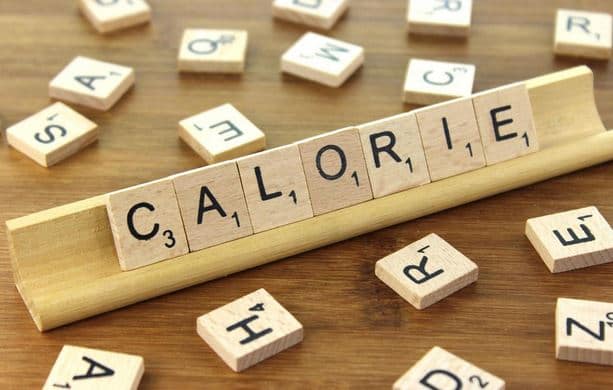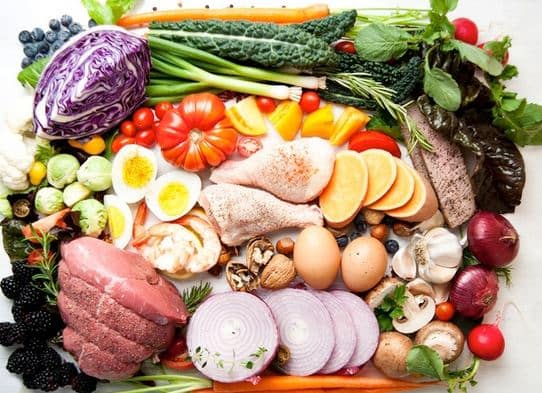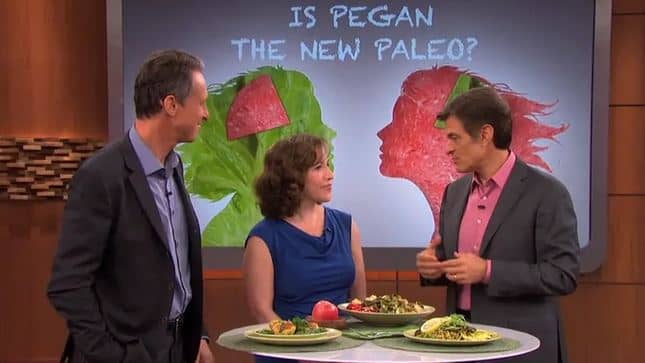What is Basal Metabolic Rate (BMR)?
Basal Metabolic rate (BMR) is the number of calories your body burns per day. But many people still do not know much about calorie measurements, such as what’s the number of calories in a pound of body fat? It’s 3,500 calories. A calorie is defined as a unit of energy. First described in the 1800s, a calorie is technically the amount of heat needed to raise the temperature of 1 gram of water by 1 degree Celsius.
An average, healthy man should take on roughly 2,500 calories per day, while the figure for the average woman is closer to 2,000. But of course, marathon runners and Navy Seals eat a lot more calories because they expend a lot of energy.
How to calculate your Basal Metabolic Rate (BMR) to determine caloric needs
One way to look at calories is to check your Basal Metabolic Rate (BMR). The formula takes into account weight, height and age to provide the exact number of calories an individual would need for the body to function at rest. The BMR represents about two thirds of the total number of calories needed per day, with the remainder then going towards physical activities, such as walking to work or running for the bus.
This formula is a validated one known as the Harris Benedict model which for adult men is: 66 + (6.3 x body weight [lbs]) + (12.9 x height [inches]) – (6.8 x age). But women use a similar setup with amended figures: 655 + (4.3 x weight [lbs]) + (4.7 x height [inches]) – (4.7 x age). The result should give an accurate idea of the minimum number of calories each person’s body would need to function fully at rest.
In nutrition, a calorie is the potential energy in food and the amount of energy the body uses, according to the American Dietetic Association’s Complete Food and Nutrition Guide. See the American Dietetic Association complete food and nutrition guide. How many calories you need or what the measure of food energy you need is based on your individual height, weight, activity level, age and metabolism as well as your genetic expression.
A calorie is made up of carbohydrates, fats and proteins
Water, vitamins and minerals are all calorie-free. As your body digests what you eat, the nutrients are released, absorbed into the bloodstream and converted to glucose, or blood sugar. Calories power the body.
Energy from calories and the mitochondria of each of your cells are where you get your energy to breathe, exercise, or work. What food you’re not using right away as energy is stored as body fat. It doesn’t matter where the excessive calories come from. They’re stored as fat, whether the calories come from protein, carbohydrates, dairy products, or oils.
That means excess carbohydrates are no more fattening than additional calories from any source, including fats and proteins. How you actually lose weight is to burn more calories than you eat. Sometimes it’s not about what you eat but how much you eat. If you eat and go to sleep, the calories won’t be burned as fast as if you eat and walk for an hour.
If you eat in the morning your biorhythms will be different than if you’re eating late
So, if you eat a very big meal late at night you may feel worse than if you ate that meal early in the morning and then were active afterwards. If you’re watching your weight, then treat calories as if calories were your budget plan. Don’t spend more than you can manage. You can budget calories. If you go beyond your budget of calories, you’ll gain weight. A rule of thumb is to eat most of your high calorie meals early in the day, then save your low calorie meals for dinner.
It may be a good idea to tell the family that the kitchen closes by 7:00 p.m.
Kids eat fewer calories when parents choose lower-calorie options
Children eat fewer calories when their parents choose lower-calorie options for their children at fast-food restaurants but only when nutritional information is available on the menu, U.S. researchers have found. According to the January 25, 2010 HealthNews article, “Parents choose fewer calories for kids‘ meals when calories listed.”
Scientists in Boston, MA, are looking at topics such as what happens if you eat too little in the day followed by out-of-control hunger at night. For example, Energy Metabolism Laboratory at Tufts University’s Jean Mayer USDA Human Nutrition Research Center on Aging.
Basal Metabolic Rate (BMR) determines how many calories for sedentary women
Although many standard diets give values for a diet of 2,000 to 3,000 calories, this may be too many for sedentary women who sit most of the day. Maybe you need more like 1,400 calories daily. If you’re gaining weight, you’re probably eating too many calories.
On the other hand, calorie-restricted but nutrient rich diets increase the life span of animals in various studies. The range of calories per day that maintains body weight varies in most people. Bigger or more active people need more. Smaller, more sedentary people need fewer calories.
Dietetics and didactics don’t equal diuretics
At University of California, Davis, near Sacramento, Dietetics is at the center of many overlapping domains of knowledge,” says Dr. Francene Steinberg, Associate Professor of Nutrition, according to the UC Davis Dept. of Nutrition site. With assistance from Nancy Hudson, Dr. Steinberg directs the Didactic Program in Dietetics, which forms the core of the Clinical Nutrition course work.
The program, accredited by the Commission on Accreditation for Dietetics Education, is the first step toward becoming a Registered Dietitian. It covers nutrition science, food science, medical nutrition therapy, human physiology, public health and wellness, business and food service management, the social sciences and general education courses. Future dietitians at Davis are taught by the country’s best nutrition scientists. “We place great emphasis on rigorous science courses,” Dr. Steinberg says. “It´s a definite benefit of studying here.”
What the ADA Says About Food
The American Dietetic Association has published a Complete Food and Nutrition Guide. The guide is based on a lifetime of sound and easy advice on healthy eating from the world’s foremost authority on food and nutrition. The choices you make every day about food, nutrition, and health can have a major impact on your life.
Nutrition Research Emphasis is on Food, Health and Aging
The mission of the Jean Mayer USDA Human Nutrition Research Center on Aging at Tufts University (HNRCA) is to explore the relationship between nutrition, aging and health by determining the nutrient requirements that are necessary to promote health and well-being for older adults and examining the degenerative conditions associated with aging. For consumers, a good nutrition site is the USDA’s links on food information, which are free to read.
The USDA has a website with excellent tips on nutrition that doesn’t cost you a dime to read. Partnering with My Pyramid provides an opportunity for communities to join together in helping promote the Dietary Guidelines for Americans. My Food-a-Pedia is a USDA site that answers your questions like an encyclopedia of nutrition. You can check out this site to get quick access to food information.



